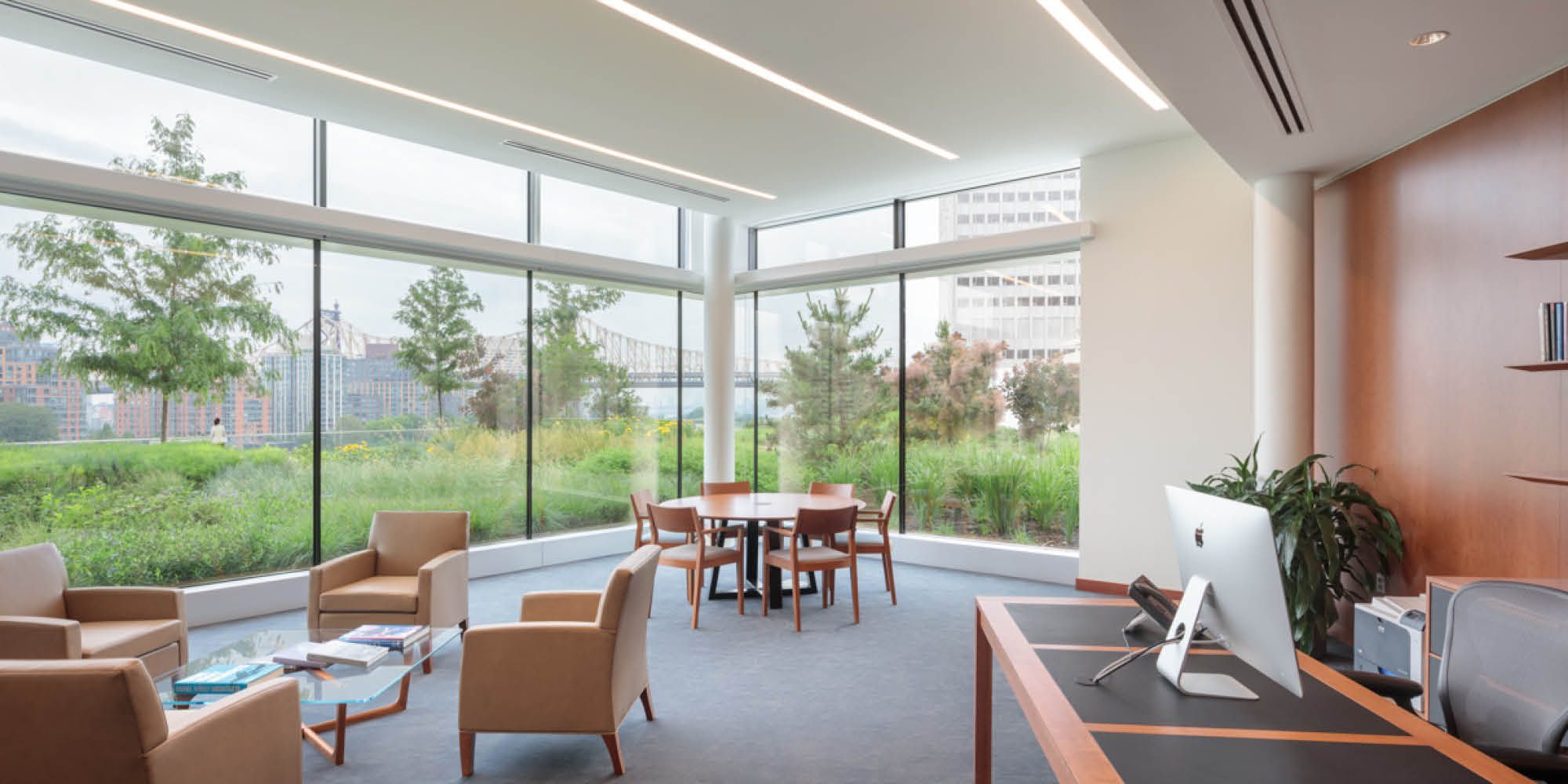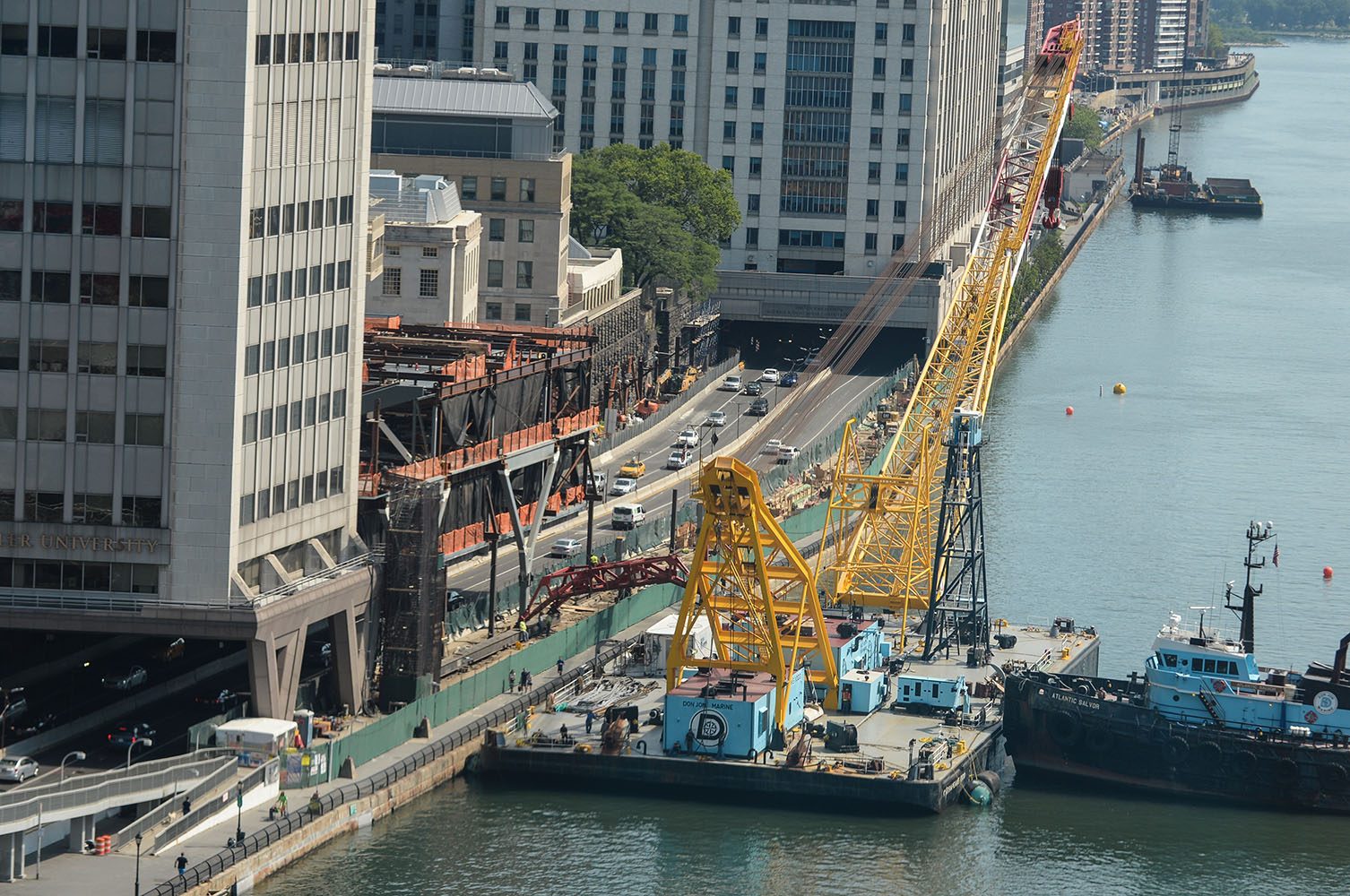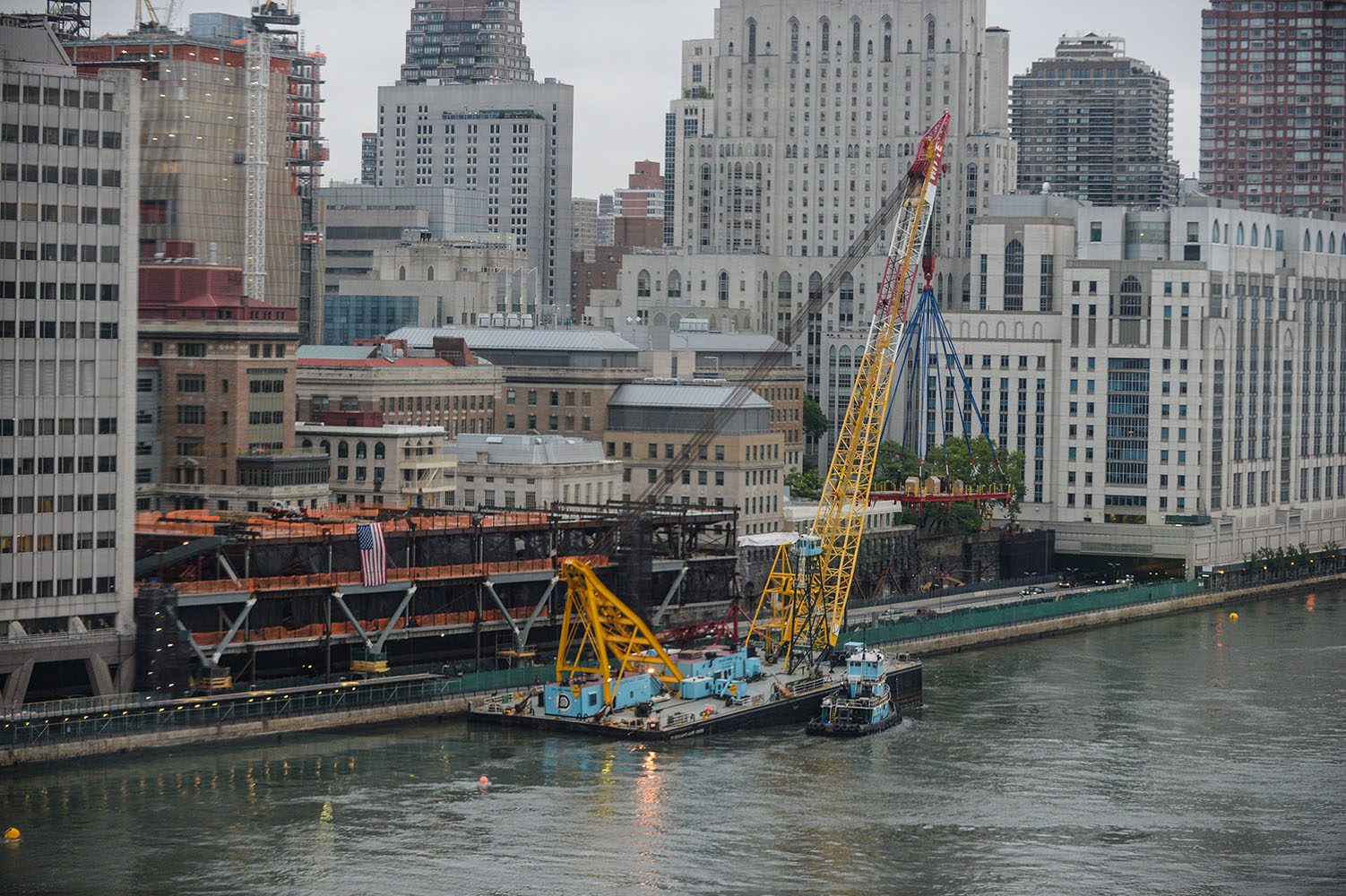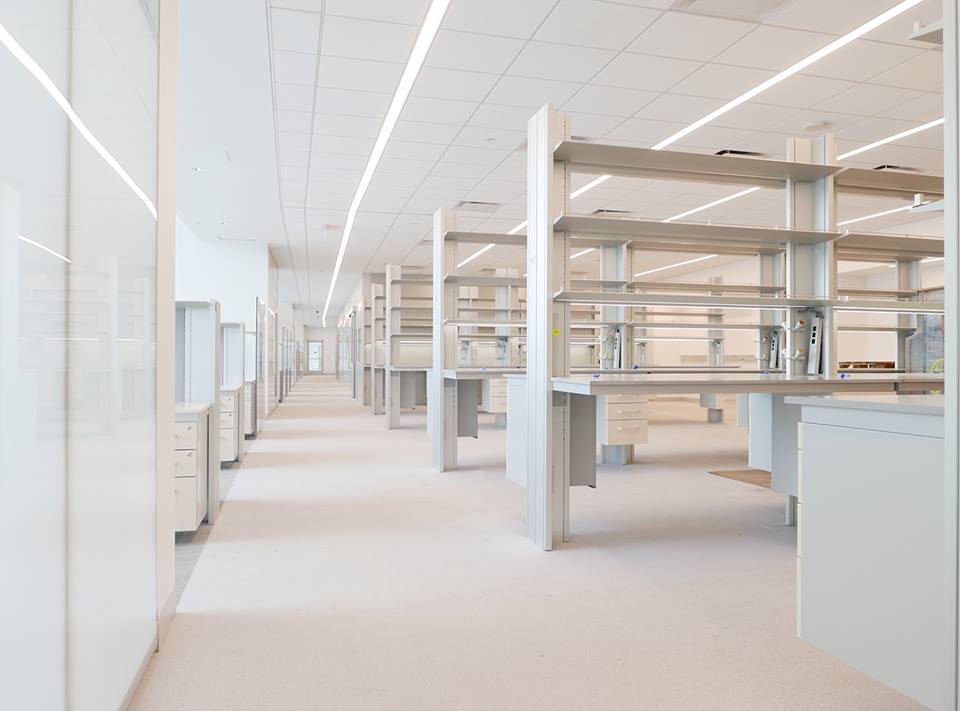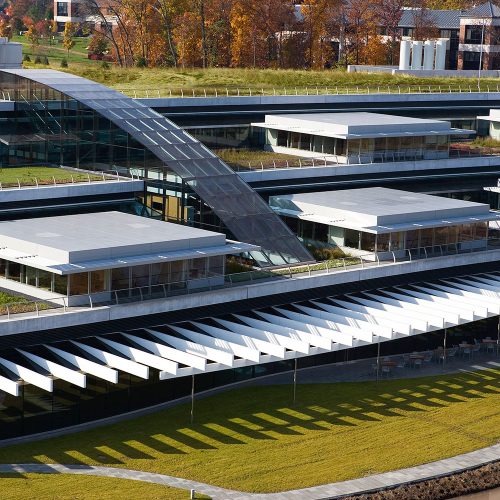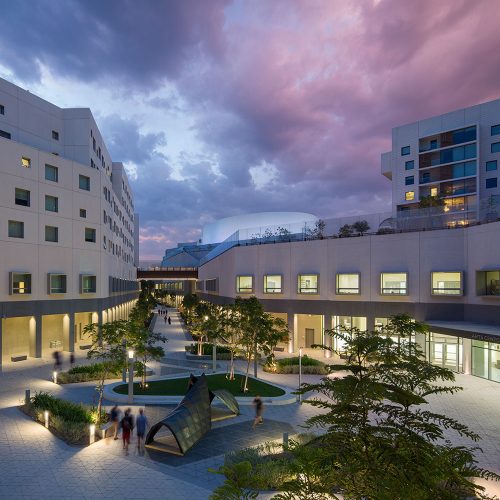The Stavros Niarchos Foundation-David Rockefeller River Campus at The Rockefeller University
New laboratory, educational and campus life facilities are accommodated in a horizontal expansion that bridges over the adjacent FDR drive and generously extends the University’s landmarked gardens to the edge of the East River.
Rockefeller University required significant upgrade of its laboratory facilities and commissioned Rafael Viñoly Architects to develop a space plan and master plan in order to project growth for the campus. The process yielded general planning principles which guided the design and development strategy: the University should preserve the garden designed by the renowned landscape architect Dan Kiley and promote the historic character of the buildings bordering it; and should provide broad, open floor plates for scientific research that maximize flexibility to modify each lab over time for greater ease in the expansion and contraction of research groups.
After evaluating several locations, Rafael Viñoly Architects developed a solution that utilizes the University’s air rights over Franklin Delano Roosevelt Drive (FDR Drive) which borders the East River of New York City. The result is the Marie-Josée and Henry R. Kravis Research Building, a five-story building with the laboratories concentrated in two floors.The decision to maintain a low building profile enhances and preserves the integrity of the original landscape, by extending it out over the rooftop of the new laboratory building. This additional space builds on Kiley’s tree-lined allées and outdoor “rooms” defined by plantings with interactive public garden areas that have varying degrees of privacy and access. Viñoly’s solution allows for an expansive addition that provides space while maintaining the prized qualities of the site: its historic plan, architecture, and landscape.
Rafael Viñoly Architects’ design for the laboratory itself reflects the University’s need for flexible laboratory space that allows for easy growth and contraction of research groups; for future modifications to scientific practices and evolution of individual researcher programs; and for cost-effective standardized laboratory fit-out components that can be reasonably customized by each user. The core and shell of the building was developed to house the labs in the broadest possible footprints available on the constrained urban campus, in order to meet the need for increasing amounts of laboratory support space. For the fit-out of the labs, Rafael Viñoly Architects developed a bollard system which provides the university with maximum flexibility for the reconfiguration of the laboratory bench, write-up, office, and support spaces.
The Research Building was also designed with an awareness of the importance of “soft” spaces–lounges, informal congregation areas, seminar rooms, and general food and beverage spaces–as true components of the building’s research area rather than tacked on program amenities.













